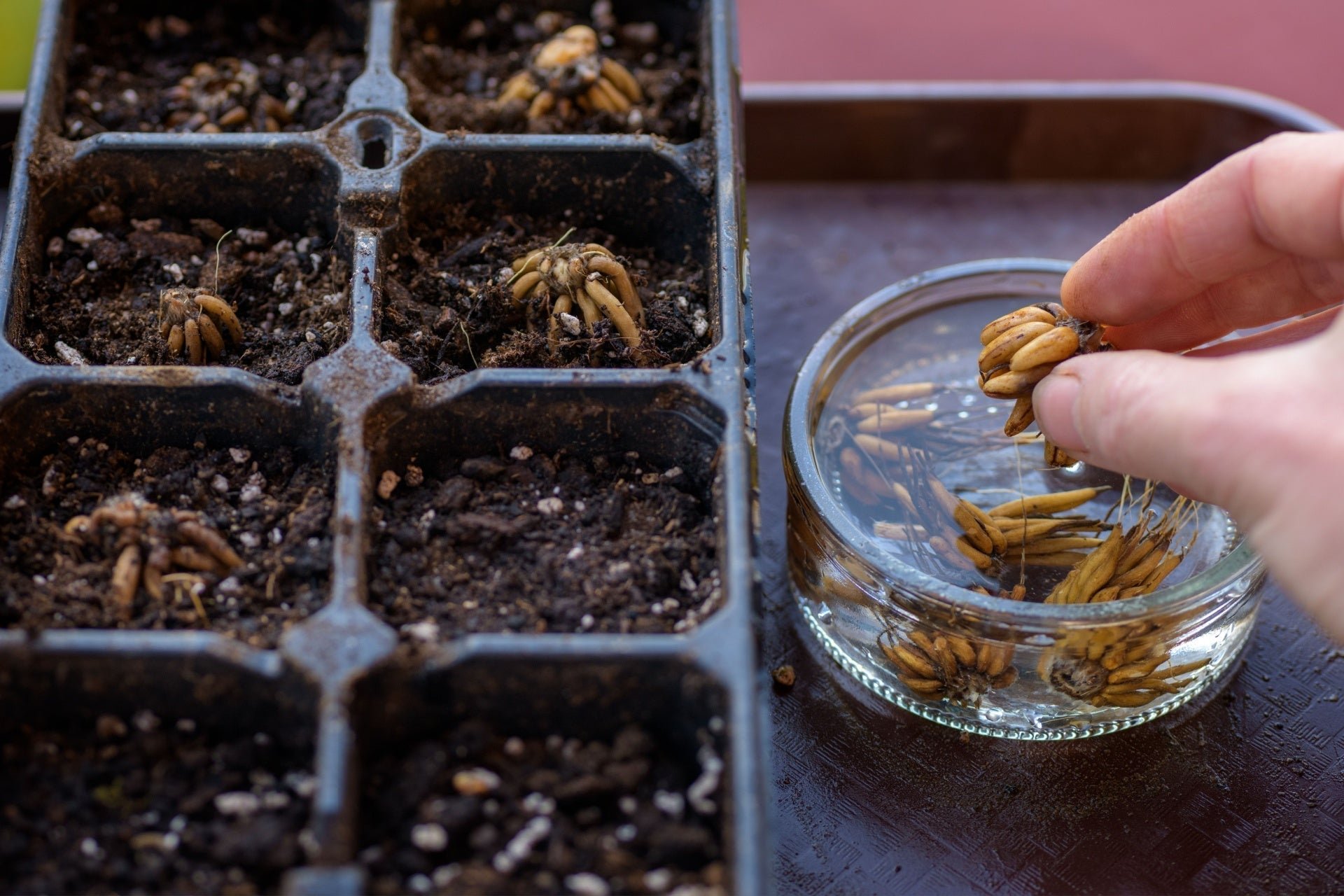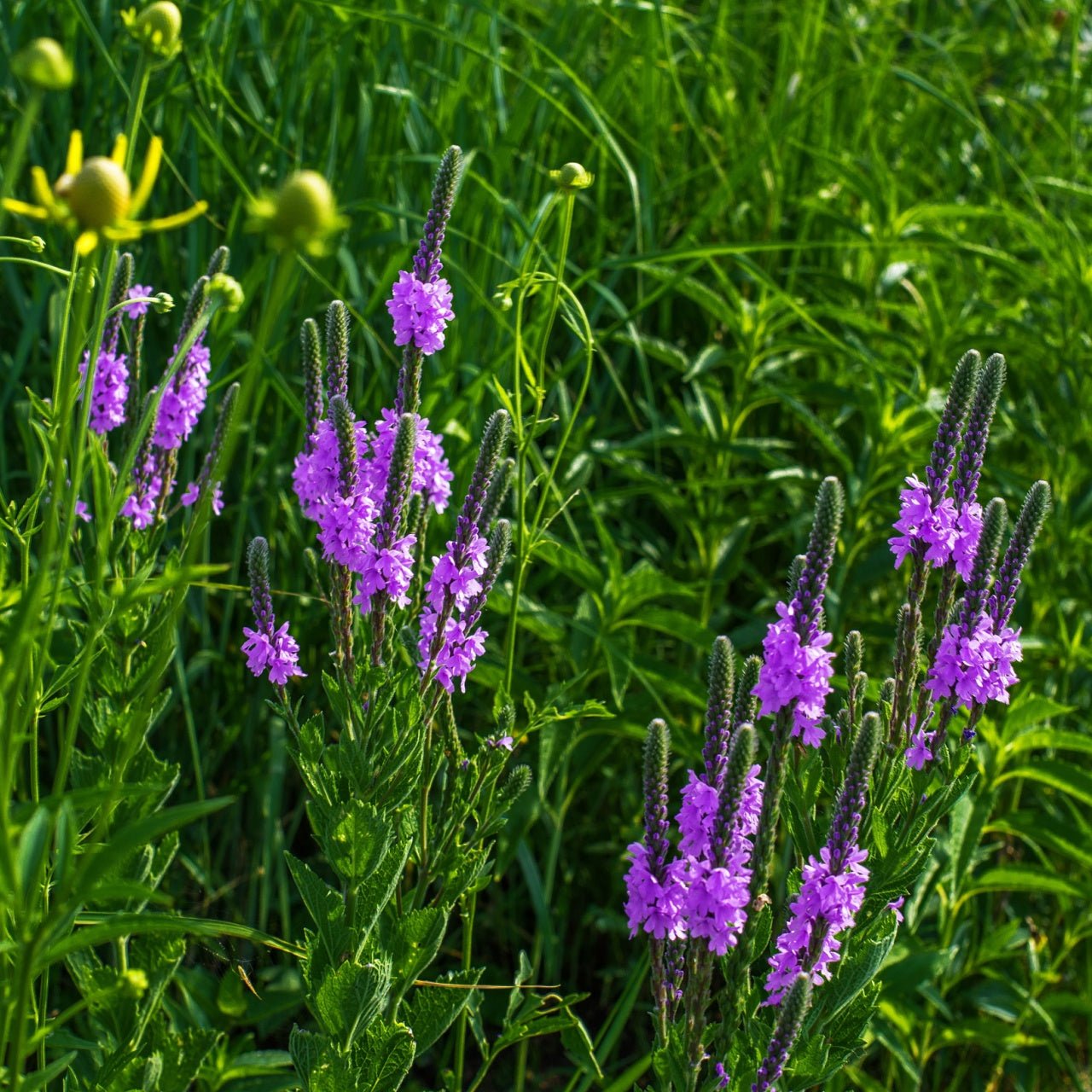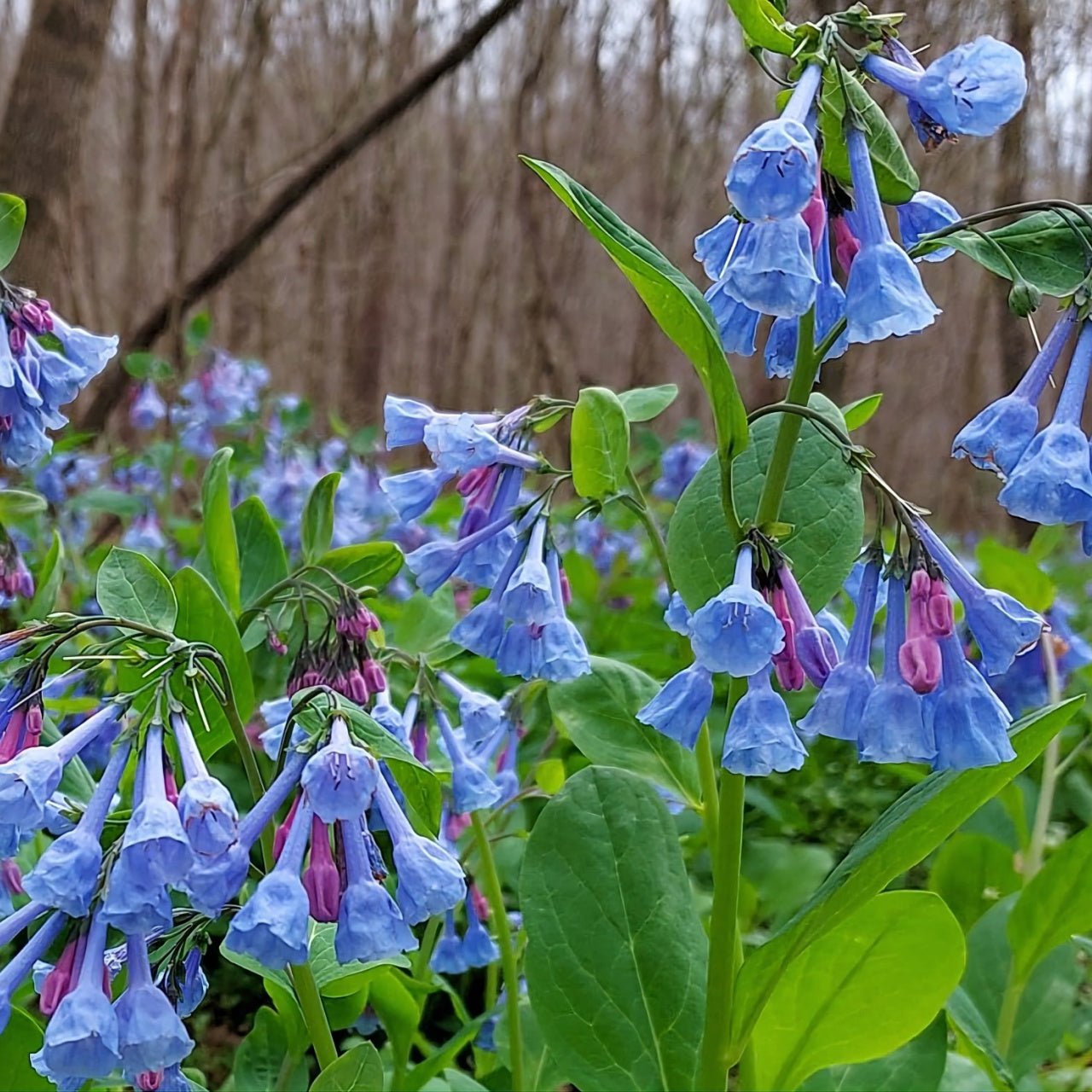Ranunculus Bulbs: A Springtime Showstopper
Plant ranunculus bulbs if you want a spring garden filled with layered flowers that provide rose-like beauty but require much less maintenance. Ranunculus bulbs thrive in cooler weather conditions and produce bright flowers that vary from pink to red and white, which makes them ideal for cutting flower gardens and colorful container arrangements. Ranunculus flowers deliver immediate elegance along with sophisticated beauty to gardens thanks to their paper-like petals and extended vase life.
The most effective time to plant ranunculus bulbs, which are also known as corms, occurs in early spring after the frost threat ends or during fall in areas with milder winters. Expose the claw-shaped bulbs to water for several hours before planting to encourage early growth. Pick a sunny spot with dirt that drains well before planting corms with their claws facing downward 2 inches beneath the surface and 4-6 inches between each plant.
After 90 days you will receive stunning blooms which will last for many weeks. Ranunculus bulbs require minimal care yet produce impressive results for both dedicated flower lovers and anyone searching for an exceptional springtime plant. Ranunculus flowers display their full beauty when arranged in clusters or beside contrasting flowers like blue delphinium or native yarrow.
How to Care for Ranunculus Bulbs for Season-Long Blooms
Ranunculus flowers do not originate from North America, yet they still fit into sustainable gardens when paired with native perennials and pollinator-friendly plants. Integrating ranunculus with native plants creates a habitat that supports local wildlife while enhancing biodiversity and decreasing garden maintenance needs.
Blue Vervain (Verbena hastata) is a native tall wildflower with spiky features that grows well in moist soil while providing a habitat for butterflies and bees. The upright shape of this plant, along with its violet-blue flowers, stands out against the smooth and rounded shapes of ranunculus blooms.
Wild Columbine (Aquilegia canadensis) serves as another superb pairing option because it is a delicate native flower that displays red and yellow blooms during springtime alongside ranunculus. The characterful form and bright colors of this plant gives a woodland-meadow atmosphere that combines whimsy with untamed beauty.
Butterfly Milkweed (Asclepias tuberosa) stands out as an essential native flower for every garden. This plant produces stunning orange clusters that match ranunculus while drawing in monarch butterflies along with other crucial pollinators. The combination of native flowers with non-native ones such as ranunculus promotes garden diversity and maintains visual balance. Native flowers in your garden offset ranunculus' ornamental qualities and enhance ecosystem health.
Ensuring Ranunculus Bulbs Produce Continuous Blooms Throughout the Season
The process of maintaining ranunculus bulbs becomes straightforward after planting them into the soil. These plants grow best under full sunlight and cool conditions which makes spring's gentle temperatures perfect for them. Ensure proper drainage for the soil because ranunculus plants suffer from soggy roots. Water your ranunculus bulbs moderately and let the soil dry slightly before each new watering.
When buds begin to show use balanced flower fertilizer to promote additional flowering. Removing spent flowers through deadheading helps prolong the blooming period while encouraging the development of new growth. Ranunculus flowers make excellent cut flowers because harvesting blooms frequently results in increased flower production.
Plants will be yellow and become dormant once summer heat sets in. In regions where temperatures drop below zone 7 you should remove the bulbs once the leaves dies back and keep them in dry place until next planting season. In mild regions gardeners can leave bulbs in the ground during winter and provide protection with a mulch layer.
Ranunculus makes an attractive combination with spring ephemerals including Virginia Bluebells (Mertensia virginica) and Wood Poppies (Stylophorum diphyllum) which grow naturally in Eastern North America. The native flowers display their beauty early in the season and vanish before the heat arrives while providing vibrant color and elegance during early growing months.
Add Drama and Diversity with Ranunculus Bulbs
Ranunculus bulbs provide stunning beauty while remaining dependable and simple to cultivate in addition to being breathtakingly photogenic. Both garden spaces and floral arrangements receive visual boost from their rose-like blooms which makes ranunculus bulbs highly popular among gardeners and floral designers. Ranunculus boosts your garden's beauty when planted with native species such as Butterfly Milkweed, Blue Vervain, or Wild Columbine while respecting the local ecosystem.
Gardeners who desire both beauty and impact should consider ranunculus bulbs because they enhance cutting gardens with romance and native gardens by attracting butterflies and bees. Give room to these opulent blooms this spring and you'll receive a vibrant garden teeming with life.
Read more
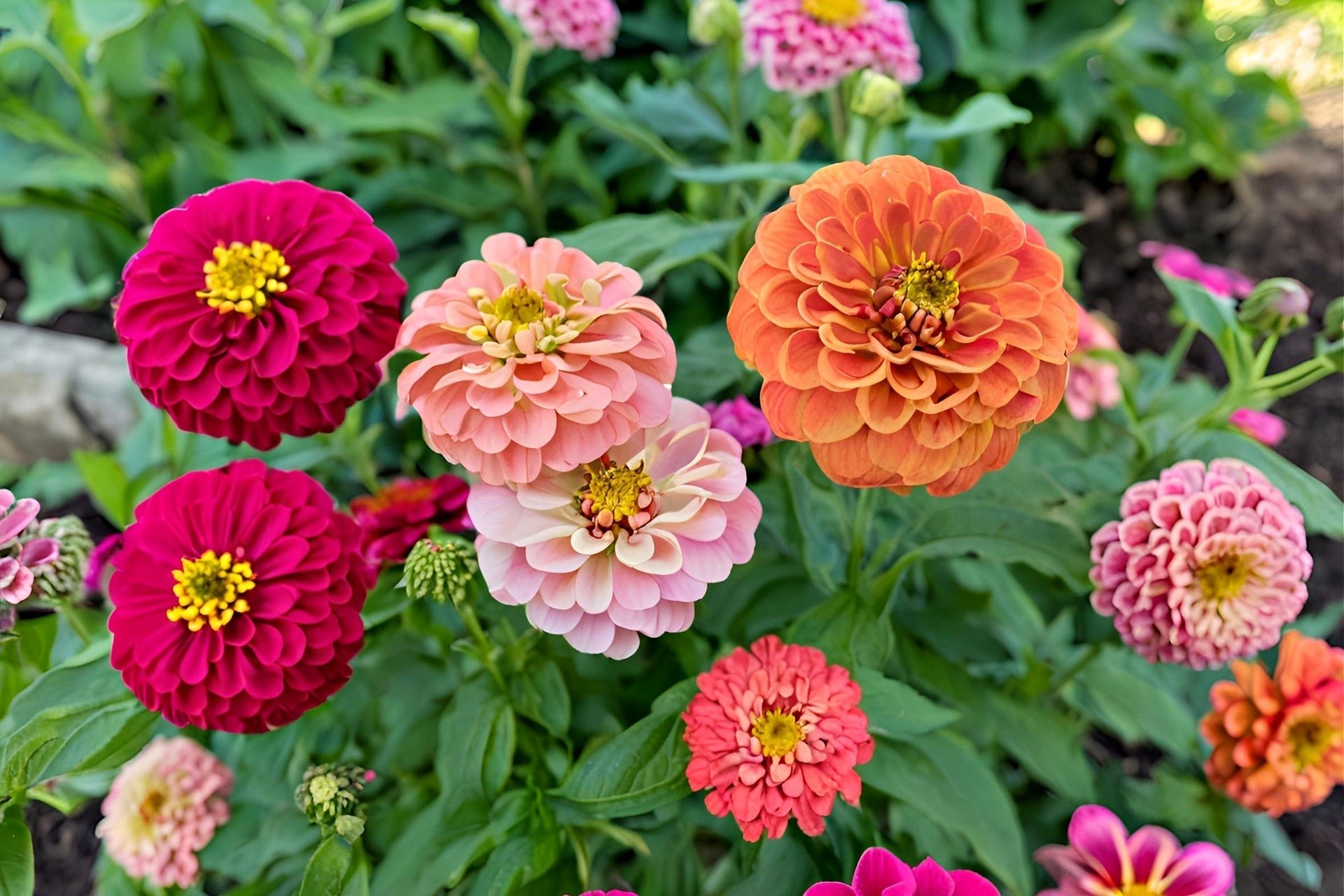
Although zinnias are annuals, their self-seeding nature coupled with their persistent blooms give the impression that they persist throughout the growing season. Zinnias provide vibrant blooms that...
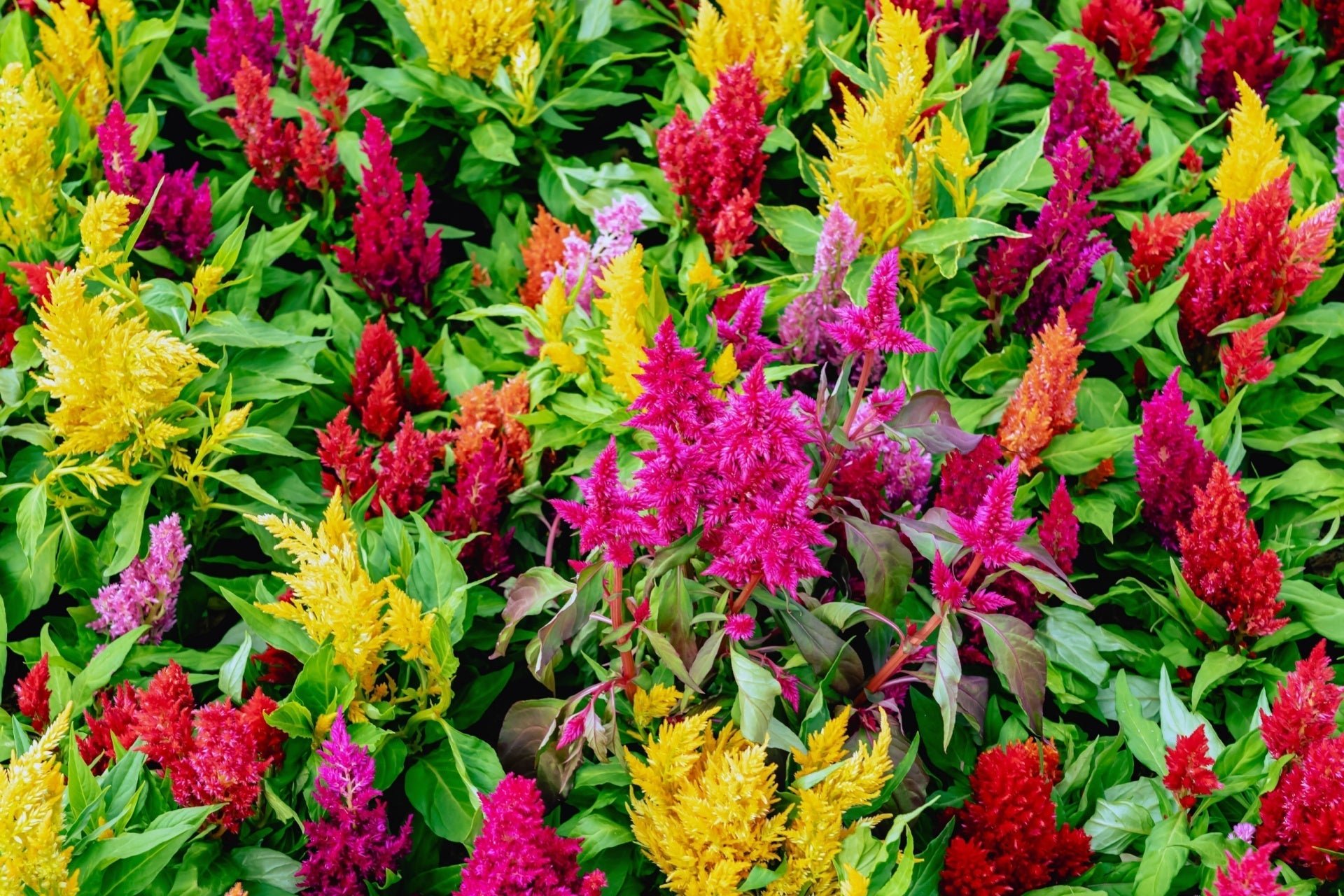
So, is Celosia a perennial? Celosia functions as a tender perennial plant which is treated as an annual in the majority of United States growing zones. The correct climate conditions or indoor care...


